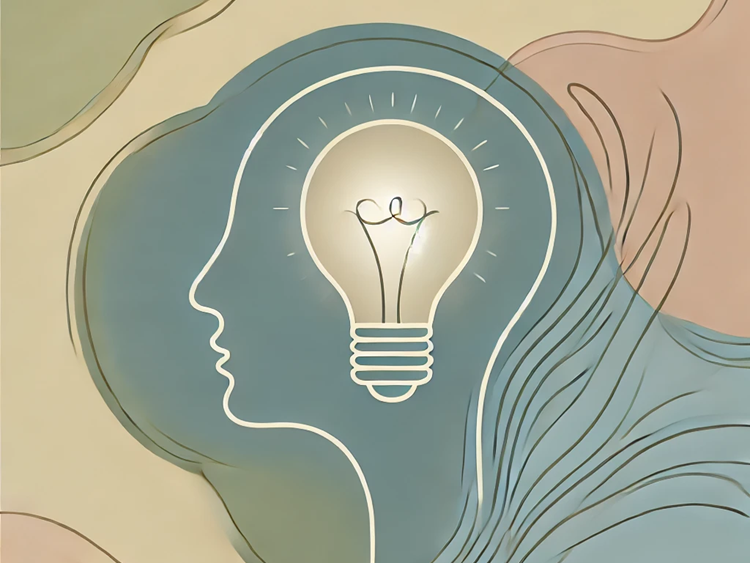Muscular Dystrophy

Overview
Muscular dystrophy (MD) is a group of genetic disorders characterized by progressive weakness and degeneration of skeletal muscles that control movement. It is a result of mutations in genes responsible for the structure and function of muscle fibers. The condition leads to the gradual weakening of muscles over time, impacting mobility and often affecting other bodily functions.
Symptoms
The symptoms of muscular dystrophy vary depending on the specific type and the individual's age. However, common symptoms include:
- Muscle weakness
- Progressive loss of muscle mass
- Difficulty in motor skills
- Frequent falls
- Trouble getting up from a sitting or lying position
- Calf muscles may appear enlarged
- Contractures (joint deformities) in some types
- Respiratory and cardiac issues in advanced stages
It's crucial to note that symptoms may manifest differently in each individual, and the progression of the disease can vary.
Causes
Muscular dystrophy is primarily caused by genetic mutations that interfere with the production of proteins essential for maintaining muscle integrity. These mutations can be inherited from one or both parents, or they can occur spontaneously. The genes involved code for proteins that are part of the muscle fibers or are involved in their function. As a result, the absence or dysfunction of these proteins leads to the progressive weakening and degeneration of muscles.
While most forms of muscular dystrophy are inherited, some cases may occur without a family history of the condition due to spontaneous genetic mutations.
Types
There are several types of muscular dystrophy, each with its own specific genetic cause and clinical features. Some notable types include:
- Duchenne Muscular Dystrophy (DMD): The most common and severe form, typically affecting boys. Symptoms often begin in early childhood, and individuals may lose the ability to walk by their teens.
- Becker Muscular Dystrophy (BMD): Similar to DMD but less severe. Onset is usually in adolescence or early adulthood, and individuals may maintain the ability to walk for a longer period.
- Myotonic Dystrophy: Characterized by muscle stiffness and myotonia (prolonged muscle contractions). It can affect various body systems.
- Limb-Girdle Muscular Dystrophy (LGMD): A group of disorders affecting the muscles around the shoulders and hips. It has various subtypes with different genetic causes.
- Facioscapulohumeral Muscular Dystrophy (FSHD): Primarily affecting the face, shoulders, and upper arms. Onset can be in childhood or adulthood.
These are just a few examples, and there are other less common types of muscular dystrophy, each with its own unique characteristics.
Diagnosis
Diagnosing muscular dystrophy involves a combination of clinical evaluations, genetic testing, and other diagnostic procedures. The process may include:
- Clinical Assessment: Evaluation of medical history, family history, and a thorough physical examination to identify symptoms and signs of muscle weakness.
- Genetic Testing: DNA testing to identify specific genetic mutations associated with muscular dystrophy. This is often a key component in confirming the diagnosis and determining the type of MD.
- Enzyme Testing: Blood tests to measure levels of certain enzymes released by damaged muscles. Elevated levels may indicate muscle damage.
- Electromyography (EMG): Measures electrical activity in muscles and can help assess the extent of muscle damage.
- Muscle Biopsy: Removal of a small sample of muscle tissue for microscopic examination. This can help confirm the presence of muscle degeneration.
The diagnostic process is typically carried out by a multidisciplinary team, including neurologists, geneticists, and other specialists.
Treatment & Management
While there is currently no cure for muscular dystrophy, various treatments and interventions aim to manage symptoms, improve quality of life, and slow disease progression. Treatment approaches may include:
- Physical Therapy: Customized exercise programs to maintain muscle strength, flexibility, and range of motion.
- Occupational Therapy: Strategies and tools to assist individuals in performing daily activities and maintaining independence.
- Braces and Mobility Aids: Supportive devices to help with mobility and prevent contractures.
- Respiratory Support: As the disease progresses, individuals may require assistance with breathing, such as non-invasive ventilation.
- Medications: Some medications may help manage specific symptoms, such as corticosteroids to slow muscle degeneration or medications to address cardiac issues.
- Genetic Counseling: Guidance for individuals and families regarding the genetic aspects of the condition, family planning, and potential future treatments.
Research into potential gene therapies and other innovative treatments is ongoing, offering hope for future advancements in managing and treating muscular dystrophy.


